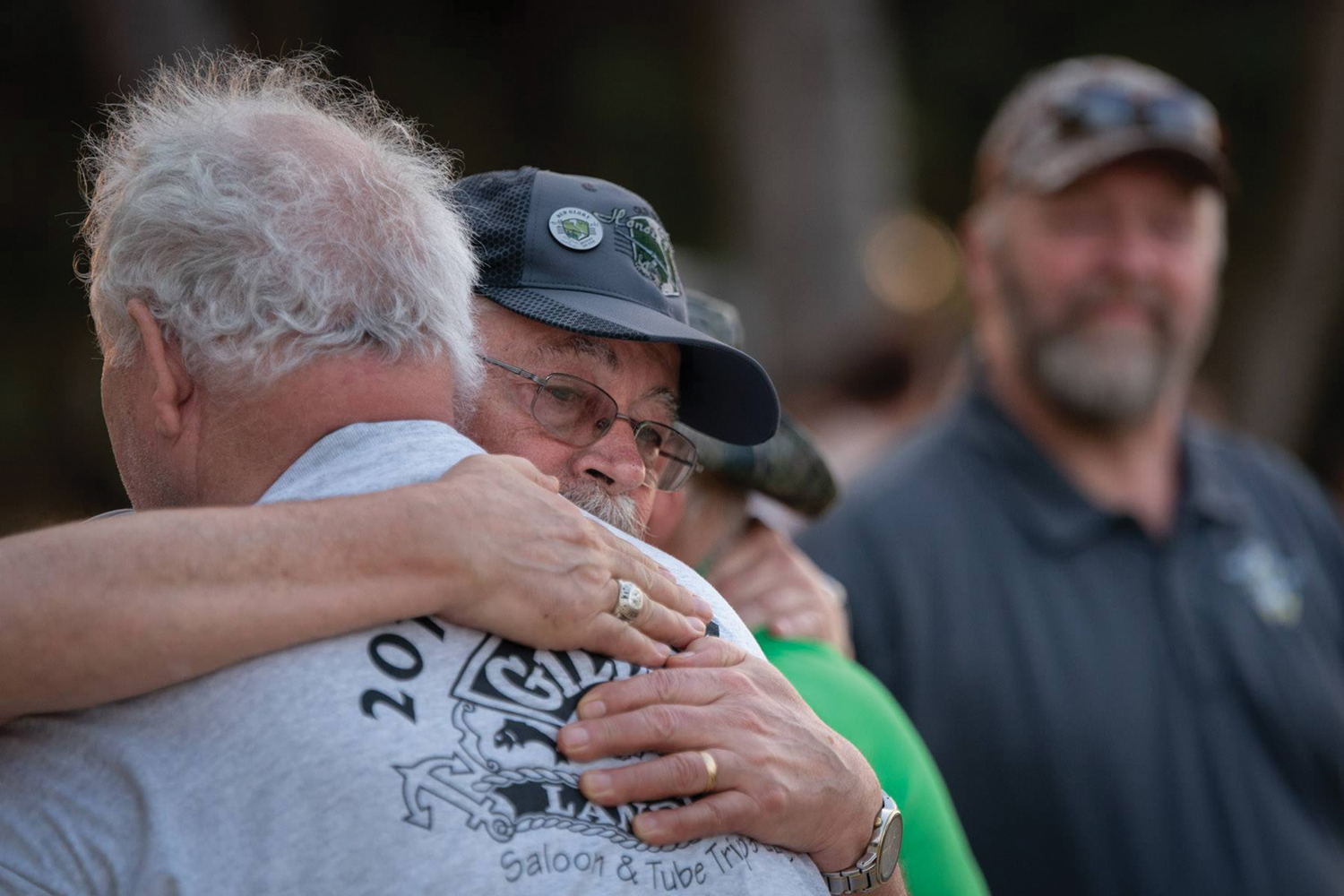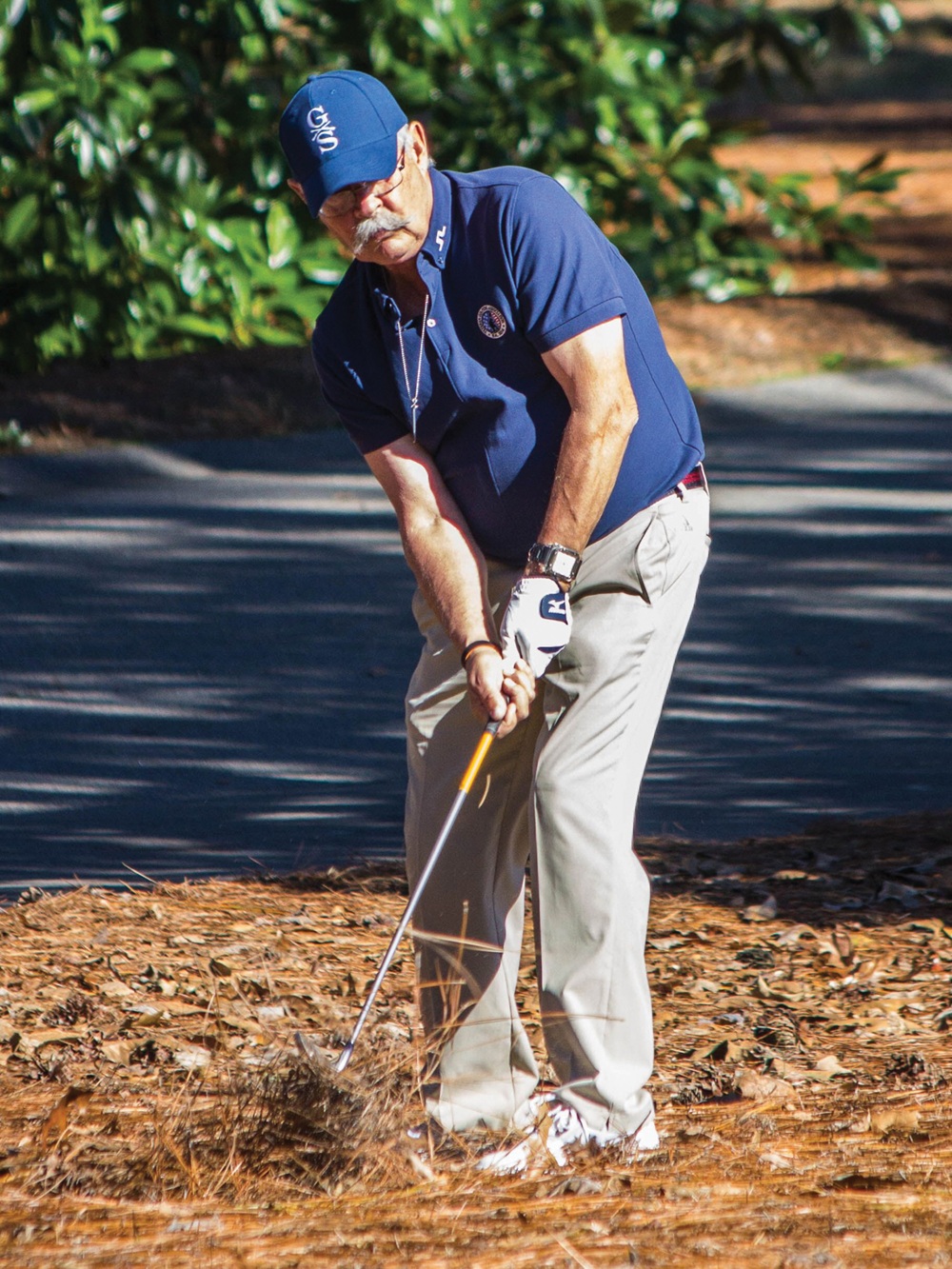A Timeline & Checklist for the First-Timer or the Veteran Event Organizer
Maybe you’ve been tasked with organizing a golf fundraiser for the first time, or you’re thinking about pitching the idea. You’ve heard horror stories, but you know the benefits—the fact that golf events are an ideal way to reach new donors, that they’re a great way to get face time with key supporters and connect with corporate partners and sponsors, and that the funds raised can be huge. In fact, for many organizations, the golf tournament is one of two or three key annual fundraising events. Even so, the thought of planning and executing a successful charity golf outing can be a bit intimidating, but it doesn’t have to be. Here’s a breakdown of considerations to make, and an outline to help you kick-start a game plan.
1. Outline your goals.
Start by considering your goals, which might include: raising funds, raising awareness, attracting prospective donors, engaging or stewarding current donors, forging or strengthening sponsor relationships, connecting your donor and sponsor networks, teeing up larger initiatives and outreach efforts, or others. Your goals will dictate key details like the type of event you hold, the committee or volunteer help you’ll need, the event schedule, who you invite, your budget and revenue projections, and the facility you choose.
2. Outline cost and revenue projections and set a preliminary budget.
Consider your goals, revenue projections, and available resources to outline a budget for the event. Expenses might include: golf facility usage (green fees, cart usage, range balls, banquet space, service fees and gratuity), food and beverage, player and sponsor gifts, team prizes, marketing materials, shirts, and signage. At the same time, consider revenue sources, including entry fees, mulligans, raffle tickets, donations, and sponsorships. Note that sponsorship packages can be tiered to attract supporters large and small, or created in an a-la-cart fashion. Consider price points for sponsorship packages based on the demographic you expect to attract, the quality of the venue, past years’ price points, and the expenses you’ll need to cover. Note that using the GolfStatus.org platform opens the door for branded pin flag sponsorships (the kind you see at professional-level events) as well as a special Technology Sponsorship category that includes online and live leaderboard exposure, as well as in-app exposure opportunities.
3. Designate a point of contact, committee, or task force and delegate.
Outline available resources and consider how you’ll engage and collaborate with peers and volunteers. Whether you’re on your own, working with a team of volunteers, borrowing time from well-connected and influential board members, or a combination of all three, you’ll need to stay on the same page so it’s easy for folks to lend a hand. That’s especially easy when you use web-based tools. Take advantage of user access permissions so you can delegate the component parts of organizing a golf fundraiser (sponsor management, registration oversight and event promotion, and even details like hole assignments) to specific members of your organization or volunteers as needed. GolfStatus.org checks each of those boxes, and makes it super easy to pass information to the golf professional staff at the facility, who can use it to do hole assignments, print tee sheets and cart signs, and perform other time-consuming tasks in the days leading up to and on the day of your event. When everything is in order, staff are calm and collected, and available to provide assistance and service to event attendees.
4. Choose a date and golf facility.
Reach out to your networks to leverage connections that might make it possible to play a private facility or get in at an attractive price point. Consider the membership or customer demographic for the facility and the surrounding area and be sure it aligns with your goals. Work with the facility to coordinate a date, taking into account course conditions and scheduling, holidays (especially travel holidays), competing local events, and other factors that might affect turnout. You’ll also need to finalize the time and format, as well as pricing, sponsorship packages, and schedule so you can start promoting the outing.
5. Set up your event and registration website.
This takes about 15 minutes when you use the GolfStatus.org platform. Simply plug in event details (format, number of participants, start time, et cetera), give your event a name, and create it instantly. It’s a good idea to include campaign and outreach efforts in your event information, which provides players and sponsors with the information they need to join your cause. The key advantage of an event website—one that’s tailored specifically to the golf fundraiser—is that it provides a central platform for accepting and organizing team and individual registrations, collecting sponsorships, processing payments, and staying informed about the event. That includes details ahead of the event, live leaderboards the day of, and final results displays and keep people talking and sharing your event even after it’s over.
6. Promote the event to attract participants and sponsors.
Promote the event instantly by making it public in GolfStatus’s tournament marketplace, where players can search for and find events, then register for them from a mobile device in minutes. Also be sure to share and promote your event (linking to your event website as the call to action for player and sponsor registrations) on social media, via personal emails and blast campaigns, through texts, and even in flyers, post cards, and other print materials. Create a Facebook event page for your event and add GolfStatus.org as a co-host (click here for a step-by-step guide on how to do it); we’ll share your event across our networks to help spread the word. Be sure to connect with the golf facility and encourage cross-promotion through your social channels and theirs. It’s also a good idea to reach out to local media outlets (newspapers, local news channels, and even local blogs and influencers) to let them know that your event is in the works, and update them when a major sponsor joins your cause.
7. Leverage your networks.
Encourage staff, board members, and volunteers to reach out to their networks and share registration information. Whether you simply brainstorm prospects or segment them automatically from your database, create a list of players and corporate supporters to reach out to. Pro tip: Consider asking board members and highly engaged volunteers to each list five to 10 prospects at your monthly board meeting, then report back on their registration status at each meeting in the months leading up to the event; this provides a small but concrete and actionable list that each member can act on and a little accountability with the understanding that follow ups are impending.
8. Coordinate with sponsors to manage assets and messaging.
As sponsorships are purchased, you’ll need to keep the brand assets for each (logos, imagery, and messaging) organized and be sure they are always displayed nicely and in the proper locations. GolfStatus.org makes this easy with a sponsorship management interface that keeps track of everything. It’s super easy to use and access, and access permissions let you delegate easily to one or more staffers or volunteers. You can pop in and check things out as needed, or let them run with it. When you’ve sold the Technology Sponsorship for your event, give GolfStatus a heads up so we can order branded pin flags and coordinate with the facility to get them up for the event.
9. Coordinate with vendors, get quotes, and fill in cost details.
Track and manage costs and details in a simple spreadsheet as you call on and finalize vendor orders. You may only need to consider a few vendors depending on the size and scope of your event: a print design company for your t-shirts; a food and beverage provider (if the clubhouse isn’t full-service), décor and signage as needed; and a tee gift provider.
10. Touch base with the golf facility.
In the weeks and days ahead of the event, you’ll need to coordinate some final details with the golf facility—including the number of players you’re expecting, vendor deliveries, setup times, and other key details. They’ll also want to dig into team pairings and hole assignments, which can be done right from the GolfStatus.org platform. The golf professional staff can also instantly format and print all the materials they’ll need the day of the event (including cart signs, tee sheets, and alpha lists) right from the software. This time savings is huge, as it keeps staff free to assist you and your event participants—instead of tied up in a back office with paperwork.
11. Get ready for the next round.
One key advantage of using the GolfStatus.org platform is the ability to copy a previous event, pulling in format and other specifics with the ability to edit details like date and time. This means that your next event is already set up and basically ready to go. You just login when it gets a little closer, update any details, and start spreading the word.




















